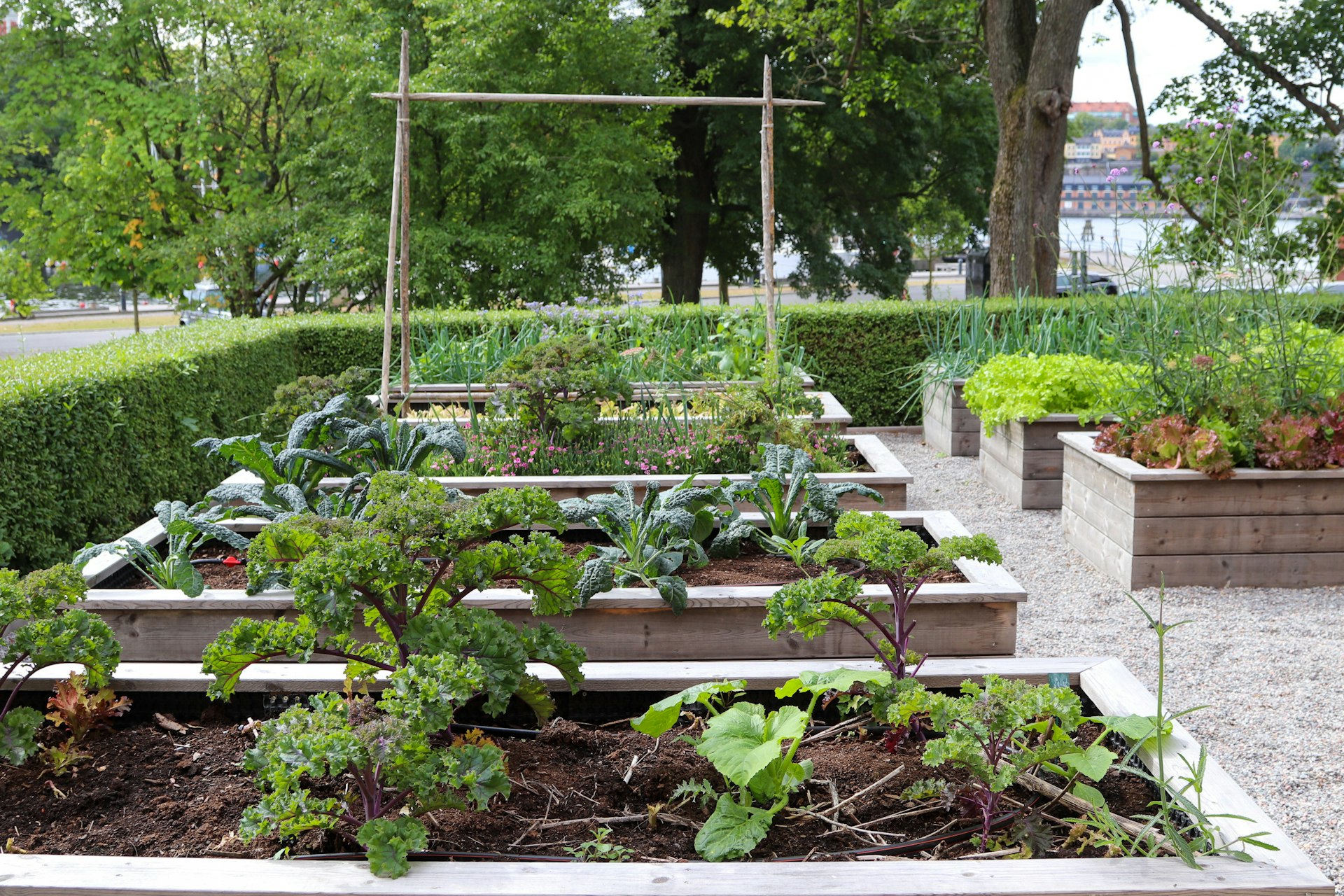Seasonal Living: Align Your Life with Nature’s Cycles for Greater Wellbeing

Photo by Konstantinos Papadopoulos on Unsplash
Introduction to Seasonal Living
Seasonal living is the practice of aligning your daily routines, habits, and mindset with the rhythms and cycles of nature. Rather than following a linear approach to life, seasonal living recognizes the importance of ebb and flow-embracing periods of growth, rest, and renewal as they occur in the natural world. This approach offers a pathway to greater wellbeing, mindfulness, and environmental stewardship by encouraging us to observe, adapt, and move in harmony with each season’s unique qualities. [1] [2]

Photo by Anita Austvika on Unsplash
The Core Principles of Seasonal Living
Seasonal living is centered on several key principles that guide decision-making and lifestyle adjustments throughout the year: [1]
- Intention over speed: Focus on quality and value in daily actions, prioritizing what matters most and letting go of excess.
- Connection with nature: Observe and reflect on seasonal changes, using these observations to inform routines-such as sleep, work, and leisure.
- Rest as necessity: Recognize the importance of downtime, allowing yourself to slow down and recharge, especially during winter and autumn.
- Living simply: Embrace simplicity, seeking joy in mindful consumption and celebrating what is locally available.
Benefits of Seasonal Living
Aligning your life with nature’s cycles offers a range of benefits for both individuals and the environment: [5]
- Improved wellbeing: Seasonal living can reduce stress, support mental clarity, and enhance physical health. For example, embracing winter’s slower pace fosters rest, while spring’s energy inspires renewal.
- Mindful presence: By slowing down and savoring seasonal shifts-such as enjoying autumn leaves or spring blossoms-you cultivate gratitude and mindfulness.
- Connection to nature: Engaging with the natural world, such as foraging or observing wildlife, deepens your appreciation and sense of responsibility for the environment.
- Variety and excitement: Seasonal changes prevent monotony by introducing new foods, activities, and experiences throughout the year. [3]
- Environmental impact: By eating local, seasonal foods and reducing out-of-season consumption, you lower your ecological footprint. [2]
How to Practice Seasonal Living: Step-by-Step Guidance
Implementing seasonal living is a gradual process that involves observation, intention, and adaptation. Below is a step-by-step guide to help you get started:
- Observe the Seasons: Begin by noting changes in your local environment-such as daylight hours, temperature, plant life, and wildlife activity. Journaling these observations can help you understand your region’s cycles. [4]
- Adjust Your Routine: Shift daily habits to reflect seasonal energy. For instance, prioritize rest and self-care during winter, plan creative or social activities in spring and summer, and focus on reflection and gratitude in autumn.
- Eat Seasonally: Support local farmers and reduce your carbon footprint by consuming foods that are in season. Research which fruits, vegetables, and herbs are locally available each month. Visit farmers’ markets or join a community-supported agriculture (CSA) program if available in your area. [2]
- Engage in Seasonal Activities: Explore outdoor activities that match the season-hiking in spring, swimming in summer, leaf-peeping in autumn, and cozy indoor pursuits in winter. This provides variety and helps you connect with nature’s cycles. [3]
- Practice Mindfulness: Use meditation, mindful walking, or nature observation to ground yourself in the present moment. This can help reduce anxiety and foster acceptance of natural change.
- Reflect and Set Intentions: At the start of each season, set goals or intentions that align with the energy and opportunities it offers. For example, focus on renewal in spring, abundance in summer, gratitude in autumn, and rest in winter. [1]
Real-World Examples of Seasonal Living
Many individuals and communities have embraced seasonal living, reporting positive outcomes:
- Farmers markets: Communities that support local, seasonal produce benefit from fresher foods, lower transportation emissions, and a stronger sense of local identity.
- Personal wellbeing: Individuals practicing seasonal slow living report improved mood, reduced stress, and greater resilience to life’s changes. [5]
- Environmental stewardship: Seasonal living fosters awareness of resource use and encourages sustainable choices, such as using natural medicine and learning about local plants.
Potential Challenges and Solutions
While seasonal living offers many benefits, challenges may arise, particularly in urban environments or regions with less pronounced seasonal variation. Consider these strategies:
- Limited access to seasonal foods: If local produce is scarce, seek out community gardens, urban farms, or online directories of local growers.
- Time constraints: Start small by adjusting one aspect of your routine, such as sleep or meal planning, and gradually expand as you become more comfortable.
- Climate limitations: Even in areas with mild seasons, you can observe subtle changes in weather, wildlife, and day length to guide your activities.
Alternative Approaches to Seasonal Living
Seasonal living can be customized to fit individual needs and lifestyles:
- Cultural traditions: Incorporate festivals, rituals, or practices that celebrate seasonal change and foster community connection.
- Digital tools: Use calendars, apps, or online guides to keep track of seasonal foods, activities, and natural events.
- Family adaptation: Involve family members in seasonal projects such as gardening, cooking, or nature walks, making the process collaborative and educational.
How to Find Resources on Seasonal Living
To access further information on seasonal living and connect with like-minded communities:
- Search for “seasonal living” or “slow living” blogs and organizations online for inspiration and practical tips.
- Contact local agricultural extension offices, community gardens, or farmers markets to learn about seasonal foods and activities in your area.
- Consult books and guides on mindfulness, holistic wellness, and environmental stewardship for deeper understanding.
- For verified resources, visit reputable websites such as the Emily and the Plants Seasonal Guide Slow Living LDN or Grow With Solis .
Key Takeaways
Seasonal living is a dynamic and intentional approach to life that fosters wellbeing, mindfulness, and environmental responsibility. By observing and adapting to nature’s cycles, you can experience greater balance, variety, and fulfillment. Whether you choose to start with small changes or fully immerse yourself in the practice, the benefits are accessible and profound.
References
- [1] Emily and the Plants (2025). Your Seasonal Guide to Slow Living: Finding Balance Through Nature’s Rhythms.
- [2] Slow Living LDN (2023). What is Seasonal Living?
- [3] Alex G Shearer (2023). How to Slow Down with the Seasons: Benefits of Eating and Living Seasonally.
- [4] Ferns & Fancies (2024). Seasonal Living: Connecting with Nature’s Rhythms.
- [5] Grow With Solis (2022). Seasonal Living – What Is It and How Can You Benefit?
MORE FROM cheerdeal.com













